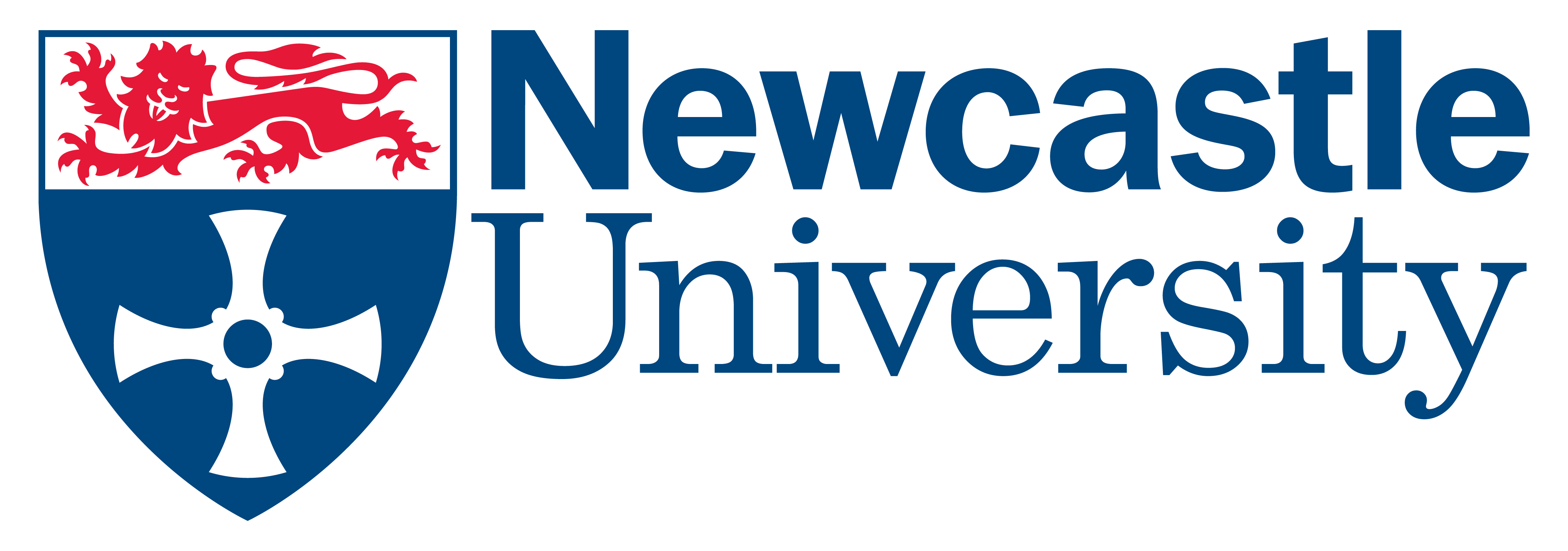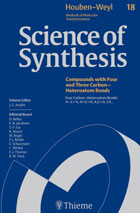







|
|
|
Book Chapters |
| Compounds with Four and Three Carbon-Heteroatom
Bonds. J.G.Knight, Volume Editor. Science
of Synthesis, 2005, 18, 1. |
|
Abstract: This volume concerns the
synthesis of functional groups in which carbon has four bonds to
heteroatoms. This represents an enormously diverse range of chemistry,
and a correspondingly wide variety of functionality, from highly
unsaturated systems such as heterocumulenes (e.g., carbon dioxide) to
compounds with no p-bonds, such as carbon tetrafluoride. Despite this
diversity, much of the chemistry is dominated by that of the carbonyl
group and its direct heteroatom analogues, such as the imino and
thiocarbonyl groups. A central role is played by phosgene (COCl2)
which, despite its toxicity, is a useful precursor to many of the other
functional groups in Volume 18. While most of the compound classes have
been known for a very long time, some have proven more elusive and have
only recently been prepared and identified, through advances in
synthetic methodology and spectroscopic techniques. Such compounds
include phosphaalkene and phosphaalkyne derivatives, and several
selenium- and tellurium-based functional groups. |
|



